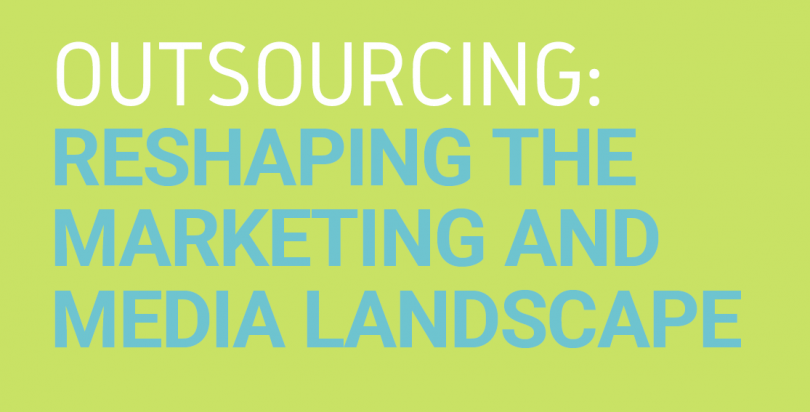The future of work is promising no bureaucracy, flexible hours, amplified innovation, productivity and enthusiasm. It won’t come in the form of unicorn employees, or star executives with a corner office – this workforce will look very different, but it might just appeal to everyone.
Over the last decade, many employees have looked wistfully at the perks offered by tech giants in Silicon Valley with their multi-coloured bikes lining Google’s entry – a symbol of the work/life balance we all aspire to (or at least the illusion of a work/life balance). Before the onset of COVID-19 in March, this alternate reality with boundless flexibility and autonomy was a privilege only for the young tech-elite.
However, over the past six months we’ve all had the opportunity to adopt this work-life balance, as employees from businesses large and small were required to work from home.
Having experienced the benefits of remote work, from increased productivity and more time with family, even traditionally rigid organisations are now considering a permanent distributed workforce made up of full-time and contingent workers.
Even traditionally rigid organisations are now considering a permanent distributed workforce…
There’s no such thing as a unicorn employee
Despite the fact there are fewer jobs and more applicants in the market right now, those looking for flexible work actually have a better chance of success than they did pre-coronavirus. With almost 30% of Australians working in contract or freelance style arrangements, businesses are starting to harness the full potential of the contingent workforce.
In Australia, there is now a shortage of workers with the critical skills required. This is due to the speed of change driven by technology. It’s now likely that a university student will enter a course, and upon graduating require an entirely different skillset.
According to this Deloitte report, at the start of the decade, the typical worker lacked 1.2 of the critical skills needed by employers for a given position.
Today, the average worker is missing around 2 of the 18 critical skills that are advertised for a job.
Given there is now no single employee who can fulfil the obligations of a given role, businesses are looking towards a hybrid approach of insourcing and outsourcing to fill skills gaps. Using this approach, companies are able to create diverse teams made up of highly skilled workers.
Challenging traditional hierarchies
Outsourcing part of the workforce fundamentally shifts the power structures that are heavily ingrained in many Australian businesses. The relationship between client and freelancer is not the same as employer and employee since freelancers can, in a sense, fire a ‘client’ by refusing to accept more work from them.
Today, the average worker is missing 2 of the 18 critical skills…
Since the advice of specialist experts often carries equal weight to senior leaders within an organisation, it decentralises decision-making and elevates the responsibility of more junior employees. An environment where everyone has the right to express their opinions, in equal weight, delivers a more productive, innovative and progressive team.
In an environment where specialised knowledge carries increasing currency, decisions will now be made by those who have the most knowledge, regardless of whether they are a freelancer or CEO.
Outsourcing senior leadership positions
While you might think freelancers are only being used for small projects, according to a recent report, business leaders in the top quartile of earnings have been successfully outsourcing senior leadership roles such as CFOs, CTOs and CMOs.
According to Deloitte, the number one reason many businesses outsource is cost savings. While businesses have historically outsourced smaller, lower skilled projects, companies are now seeing the financial benefit of outsourcing from the top.
Beyond the monetary gains, outsourcing highly skilled, more specialised roles means senior leadership can be more innovative and nimble since they’re not restricted by corporate bureaucracy.
Outsourcing senior leadership positions is now seen as a viable solution to keep the core business focused and lean, while providing greater flexibility to collaborate the right skill sets for a given project.
Business leaders in the top quartile of earnings are outsourcing senior leadership roles…
Diversity of perspective
Despite evidence that increasing gender diversity in Australian businesses alone could add $10.8bn to Australia’s economy, women still only make up 26% of the full- time employees in Australia.
This also applies to diversity of age within teams. Currently, there are five million baby boomers in Australia – making them one of the country’s largest population groups.
This has created a disconnect between the ageing workforce and the skills required to adopt new technology.
Outsourcing provides businesses with the opportunity to take a chance on employees they might have been unwilling to hire on a full-time basis. What’s more, hiring consultants with diverse backgrounds and experiences reduces the risk of ‘group think’, with part-time consultants bringing fresh ideas from working with other clients.
COVID-19 has undoubtedly reframed our industry, with the merits of outsourcing reaching beyond just being a ‘cheaper solution’. Businesses are increasingly recognising the benefits of hand- picked, highly curated teams, rather than continuing the futile pursuit of the unicorn employee.
Teams of the future will be guided by purpose and values, driven by data and powered by technology. This requires removal of rigid structures and a greater focus on building a workforce that is high- quality, aligned to the specific business needs, and available “on demand”.
Increasing gender diversity in Australian businesses alone could add $10.8bn to the economy…
The Figures
- 30 percent of Australians are freelancers or contractors
- 2 skills out of 18 is the number of skills Australian workers have for an advertised role
- 10.8 BILLION added to the Australian economy by increasing gender diversity
THIS ARTICLE WAS ORIGINALLY PUBLISHED IN MUMBRELLA (SEPTEMBER 2020)
“The opinions expressed by BizWitty Contributors are their own, not those of BizCover and should not be relied upon in place of appropriate professional advice. Please read our full disclaimer."







